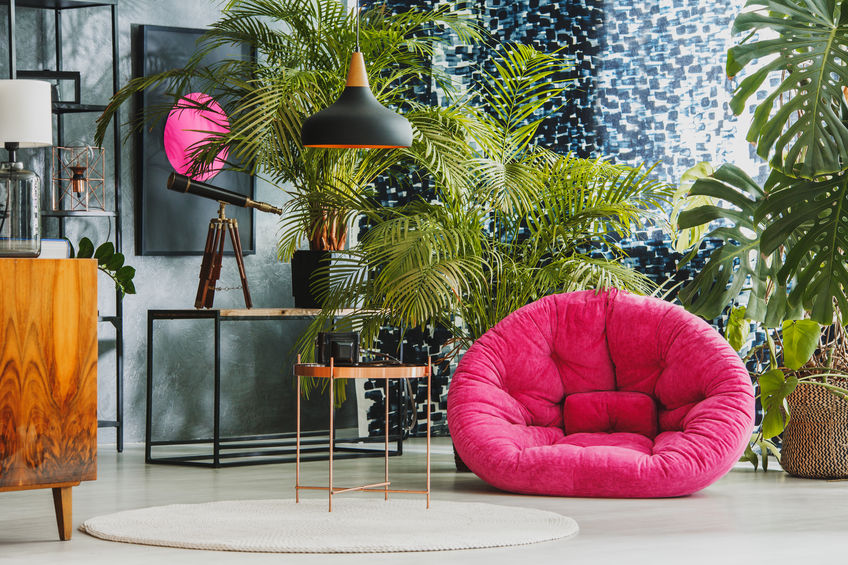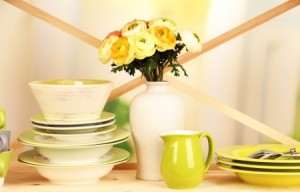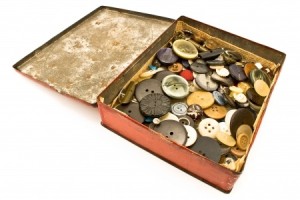
Designing your home is a great way to express yourself. Plus, you can choose from hundreds of styles and themes when creating your space. Every element you add to your home design is just another way to make your house a home. Whether you choose a monochromatic theme, a rustic, farmhouse-style design, a contemporary styling, or even your own individual design style, there are three things that every home should include in their design. While design is expressive, these three elements work in every atmosphere and can help tailor your home even more to your style. Let’s take a look!
Pictures
If you do not have pictures or wall art in your home, you are missing out on an excellent design opportunity! You can cover those bland walls with some beautiful art. This is a chance to create a focal point in your room or guide your theme. Adding pictures to your design is a crucial element in any home. Plus, there are thousands of genres and styles of pictures. From hand-painted masterpieces to landscapes and modern art, each picture has a new opportunity to amplify your design.
Plants
Plants can be facilitated in any home. They help improve air quality while looking great. Plus, there are thousands of plants to choose from when adding them to your home. Succulents, cacti, flowers, trees, vines, and everything in between are just a few great examples. First, decide what kind of plants will grow best in your home. Do you want low-maintenance plants or plants that do not need to be directly in the window? You can even consider growing herbs for your kitchen as well. Get creative with it and tailor your plant choices to your personal design.
Fragrance
Home improvement and design go beyond the eyes. In fact, one of the most powerful senses we have is our sense of smell. Therefore, this sense should never be neglected in your design. Candles and essential oil diffusers are great for creating the scent you want in your atmosphere. Just remember not to mask unwanted smells but eliminate them completely before creating your own fragrance.
These design tricks are essential for any home. What are some of your favorite elements that you have added to your own design over the years? Let us know below in the comment section.






